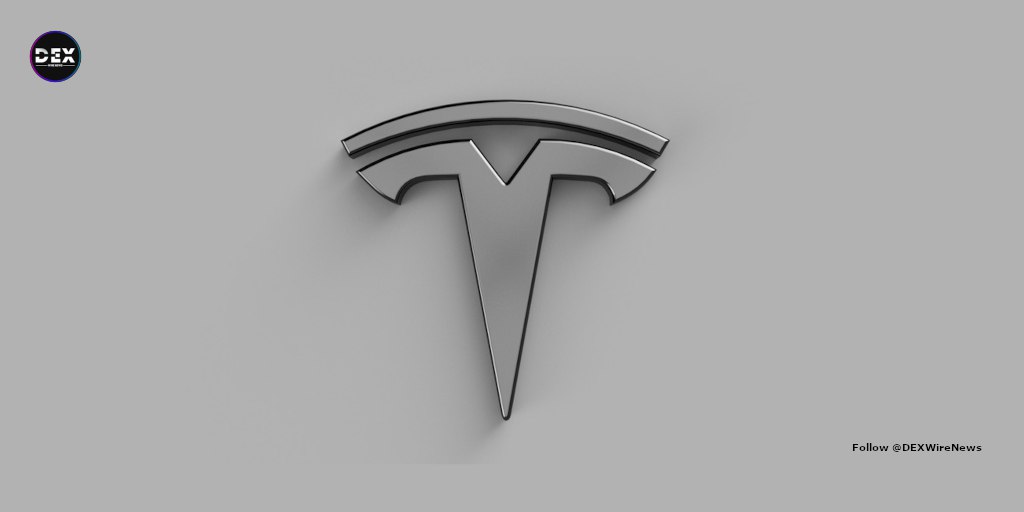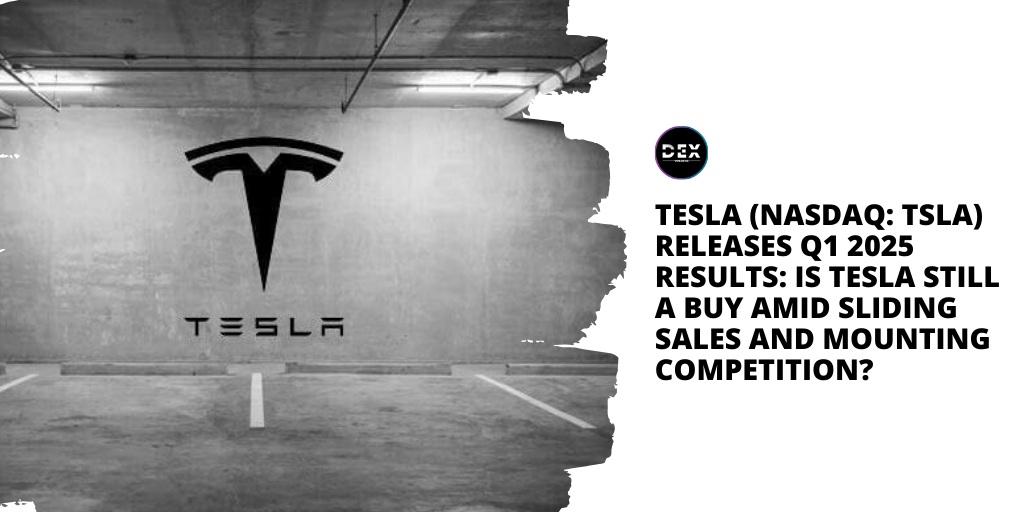Tesla (NASDAQ: $TSLA) saw its vehicle deliveries plunge in the first quarter of 2024, marking its worst year-over-year decline ever as it grappled with production setbacks and disruptive events at key factories.
The EV maker delivered 386,810 vehicles globally in the first three months of 2024, down a crude 8.5% from the same period a year earlier, according to a Tuesday, April 2, 2024 update. It was the company’s first quarterly delivery drop in almost four years.
Mounting Challenges
The disappointing delivery number highlights the stacked challenges Tesla faced at the start of the year. In addition to difficulties ramping up production of its updated Model 3 at its Fremont factory, the company said diversions in shipping routes caused by the conflict in the Red Sea forced factory shutdowns, with the arson attack at its Berlin factory leading to further delays.
The delivery figures were well below analysts’ expectations, with Wall Street projecting around 425,000 units for the first quarter based on the estimates compiled by Tesla. The electric car maker’s stock opened 5.3% lower after the numbers were released.
It is the worst year-over-year decline in the company’s history and is only Tesla’s second. The last time it posted a decline was in Q2 2020, when the COVID pandemic forced it to shut down factories.
For CEO Elon Musk, who has aggressively pursued an ambitious global expansion of production capacity in recent years, the delivery miss highlights the growing operational complexity Tesla faces as it scales into a mature manufacturer.
China Challenges Mount
Adding to Tesla’s headaches, signs are emerging that competitive pressures in the crucial Chinese EV market are weighing on the company’s performance.
While Tesla’s China sales were flat compared to a year earlier, vehicle sales for the overall industry in China surged 33% during the same period. That indicates rivals like BYD and Nio are making faster inroads, capitalizing on competitive pricing and strong demand among domestic consumers.
According to a Blomberg report, in an internal memo last month, Tesla instructed employees at its Shanghai factory to reduce production rates amid sagging sales in China. The company was also said to be lowering prices on certain models sold in China to fend off the onslaught from local manufacturers. Tesla’s Q1 headwinds come amidst aggressive expansion by Chinese EV brands like BYD and Nio into new markets, posing a formidable challenge to Tesla’s dominance.
Demand Concerns
More broadly, some analysts contend Tesla could be facing a weakening demand for its vehicles amid rising costs associated with electric vehicle ownership and the fraying of Elon Musk’s brand after a string of controversies.
With Tesla at the moment worth half of what it was in 2021, the electric car company’s bubble burst. While Tesla’s sales figures for the latest quarter showed it reclaimed its title as the world’s largest EV seller from BYD, there are questions about whether the company’s growth trajectory is becoming increasingly imperiled as competition intensifies.
Critical Juncture
All eyes will be on Tesla’s upcoming first quarter of 2024 earnings report on April 23, when the company is expected to provide more details and color around its delivery performance and outlook for the rest of the year.
For Tesla, which has enjoyed a prolonged period of growth fueled by investor enthusiasm, the latest deliveries report could be a crucial turning point. Can the company recapture its momentum, or are there more challenges ahead as its vehicles face stiffer competition and softening demand?
Tesla Stock Stumbles
TSLA stock took a beating on Tuesday, April 2, 2024, plunging 5.97% to $164.76 as of writing. The $10.46 drop in the electric carmaker’s share price comes after the company reported a disappointing 8.5% year-over-year decline in first-quarter deliveries. With its valuation cut in half from its 2021 peak, the once-highflying stock is grappling with doubts over whether its revolution of the auto industry has stalled.
From a technical perspective, Tesla’s stock is trading below its 200-day, 100-day, and 50-day moving averages, respectively, with a negative Relative Strength Index (RSI) of 37, which signals an oversold condition amidst market volatility. This bearish signal is concerning but presents an attractive entry point for those with a long-term bullish outlook on the company.

Should You Invest In Tesla Stock Right Now?
The case for investing in Tesla stock right now is mixed at best. While the company remains the global EV sales leader, its steep first-quarter delivery decline and mounting competition in China are causing concern among investors. In addition to potential weakening demand, Elon Musk’s brand-tarnishing antics, a valuation deemed too high, with a forward P/E ratio of 56.50, and the risks appear heightened.
However, Tesla’s innovative prowess and future product lineup could reignite growth. Prospective investors may want proof of a demand rebound and shored-up profit margins before pulling the trigger on the electric carmaker’s shares.
Click Here for Updates on Tesla – It’s FREE to Sign Up for Text Message Notifications!
Disclaimer: This website provides information about cryptocurrency and stock market investments. This website does not provide investment advice and should not be used as a replacement for investment advice from a qualified professional. This website is for educational and informational purposes only. The owner of this website is not a registered investment advisor and does not offer investment advice. You, the reader / viewer, bear responsibility for your own investment decisions and should seek the advice of a qualified securities professional before making any investment.




